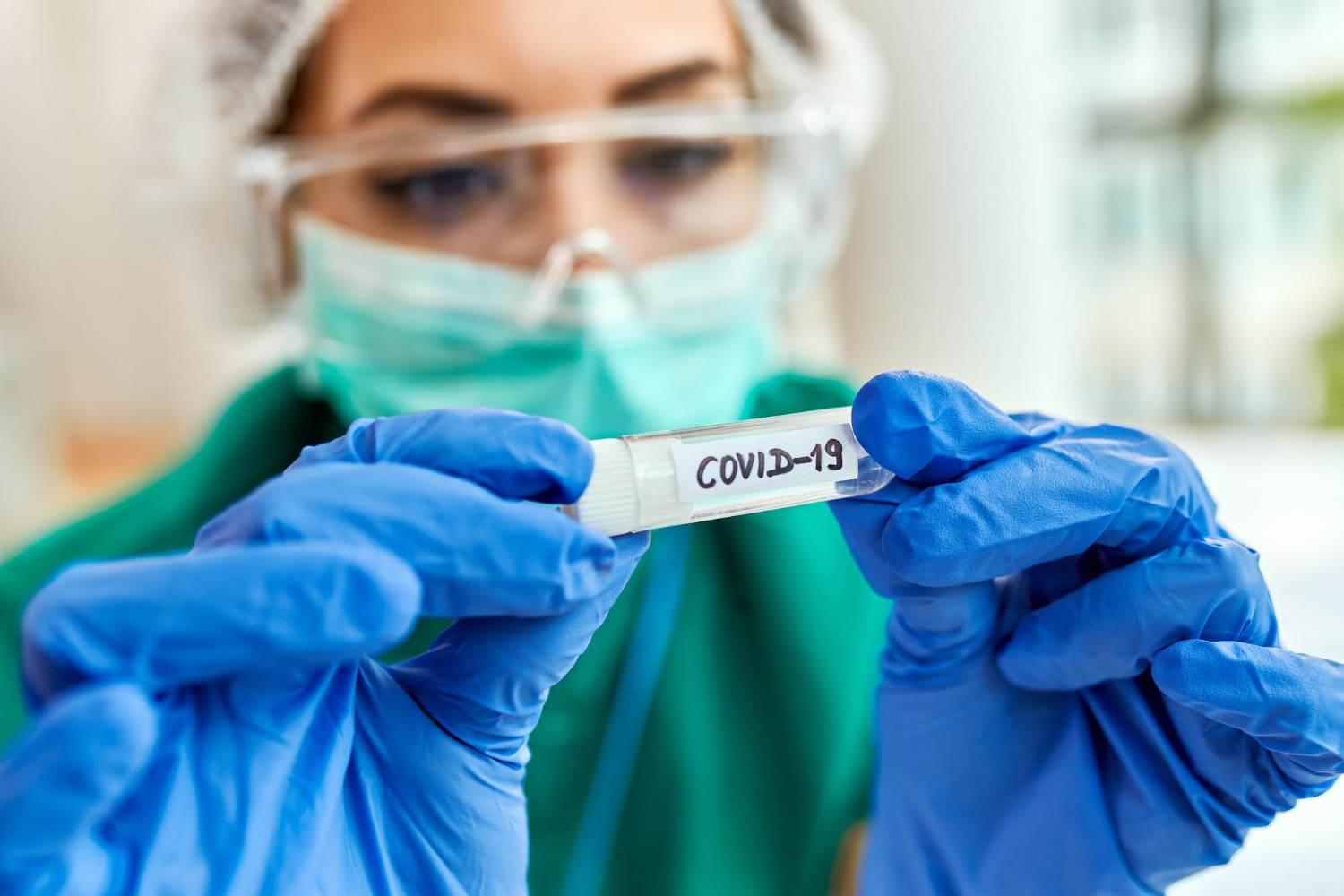Coronavirus disease 2019 is caused by severe acute respiratory syndrome coronavirus 2 (SARS-CoV-2). Although children seem to have less severe clinical symptoms of the disease, the potential harm of this disease remains largely unknown, especially in neonates. The data suggest that severe illness is more common in neonates and infants than in older children.
According to the CDC’s latest publications, the incubation period of SARS-CoV-2 is about the same for children as in adults, at 2-14 days with an average of 6 days. Signs or symptoms of COVID-19 in children include fever, fatigue, myalgia, cough, nasal congestion or rhinorrhea, poor appetite or feeding, shortness of breath, or difficulty breathing.
There were more than 200 neonates and infants with positive Covid19 PCR tests hospitalized in our clinic during the 2020-2021 years. The most frequent symptoms were fever, cough, dyspnea, catarrhal signs, vomiting, loss of appetite, and weakness. 74.2% were diagnosed with nasopharyngitis, 13.6 % had bronchiolitis, 10.6% had pneumonia, and 1.5% had enterocolitis. Although most of the hospitalized cases were mild or moderate, there were 3 cases of ischemic stroke among neonates, 2 cases of severe thrombocytopenia, and a few cases of reactive thrombocytosis.
Data from our clinic about the clinical characteristics of Covid19 among neonates and infants is identical to the international data, and the mortality rate is very low in this age group.
Despite intense research, it remains unclear why neonates mainly experience mild symptoms and have lower mortality rates. The presence of a few severe cases identifies the necessity of further follow-up of this age group of Covid-19 infected patients.
Hope this helps!
Best regards,
Anahit Grigoryan, Pediatric department N1, Muratsan University Hospital



